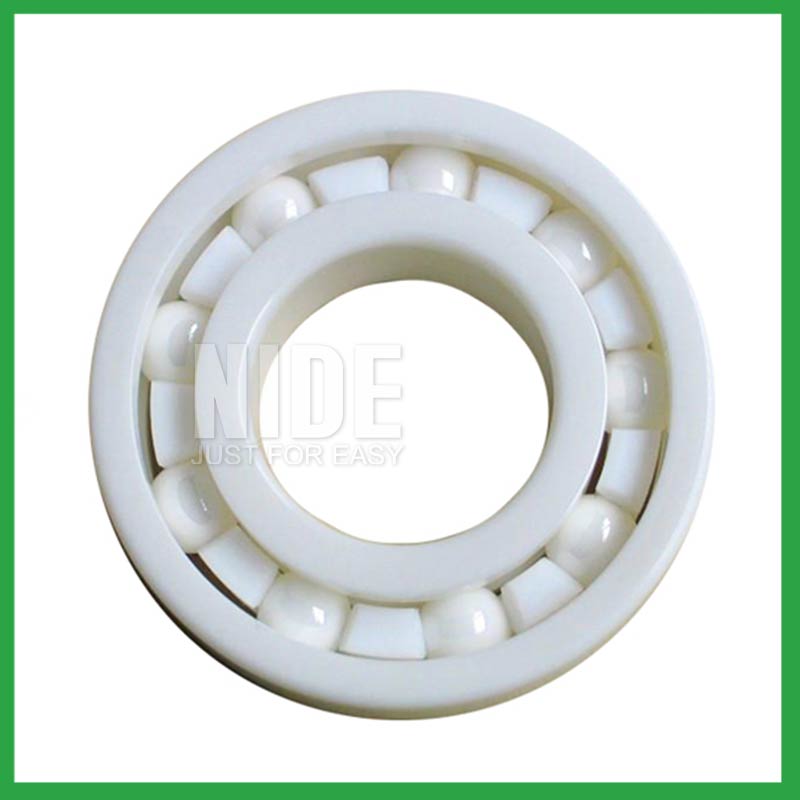PRODUCTS
CONTACT US
Ningbo Nide International Co., Ltd.
一一
· Contact person:Jack Zeng
· Mob/Whatspp/WeChat:0086-13738869026
· Email:emarketing@nide-group.com;marketing4@nide-group.com
· Add:No. 169, Wohushan Road, Daqi Subdistrict, Beilun District, Ningbo, China

Nide team could manufacture ball bearing as per customer’s drawing and samples.
If customer only has samples, we could also design drawing fo r our customer.
We also provide customized service.
Our ball bearing is widely applied the different industrials.
Established in 2010, Ningbo Haishu Nide International is a company devoted in the field of electric motors manufacturing, providing one-stop service for its customers. Nide has three main business divisions. The first division is to provide different kinds of motor manufacturing machinery, including stand along machine, fully-auto complete line for armature and stator production, and the motor assembly line. The second division is to supply the full range of thermal protector,commutator,motor cover and lamination,fan,magnet,carbon brush,etc. The third division is to provide technical support and consulting, project support and turn-key service for some motor manufacturing.
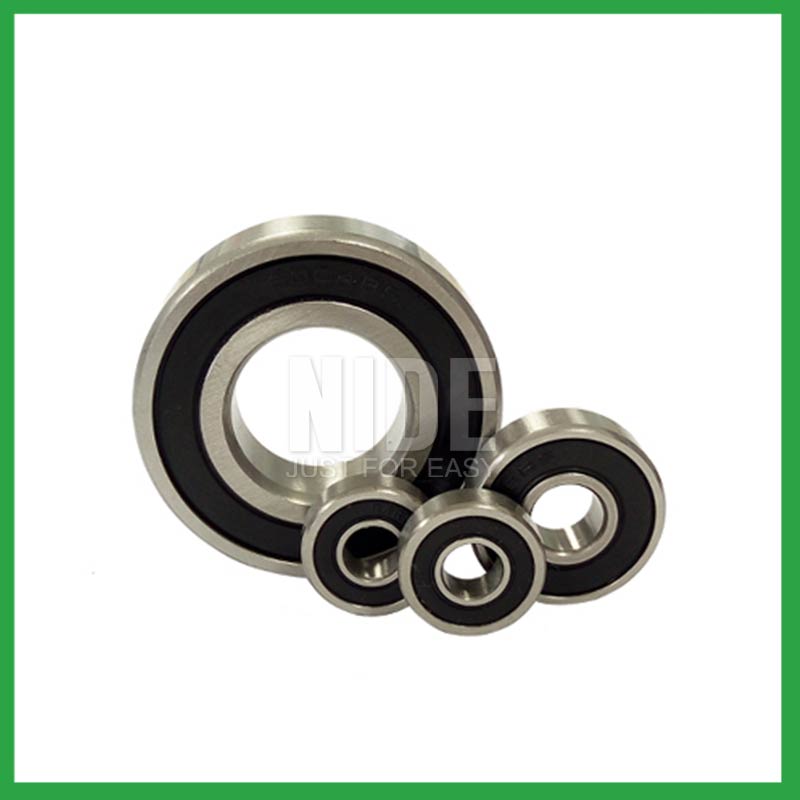
| Parameter | Information |
| Product Name | ball bearing 6306 |
| Brand Name | Nide |
| Place of Origin | China |
| Type | Ball |
| Material | stainless steel, etc. |
| Sample | Avaible |
| Warranty | 3months-1year |
| Lubrication | Dry/ Oil |
| Application | small rotary motors,machine tools, etc. |
| Port | Ningbo/Shanghai |
| Size(mm) | customize |
| Export Country | Argentina,Brazil,South Korea,Uruguay,Jamaica,Wake Island,Netherlands...etc |
| Export region | America,Europe,Africa... |
| Certification | ISO 9001 Certification,CE-stator coil lacing machine,CE-stator coil winding inserting machine,etc |
| Precision Rating | as per customer's requirement |
| Feature | Strong carrying capacity,Low Noise...etc |
| Packaging Details | Suitable for sea transportation |
| Color | Silver gray+customized |
| Seals Type | Rubber seals |
| Service | Prompt Delivery |
| Supply Ability | 100000-500000 Piece/Pieces per Month |
| Lead time (days) | 15-20 (To be negotiated) |
Please note: The above table data is for reference only. For specific information, please contact us.
ball bearing 6306 require thrust for installation, which can be achieved by using a combination ring made of steel sleeve and transmission rubber, or by using an adjustment plate to tighten the bolt to form a combination ring installation structure.
Before use, the model, size, and design of the ball bearing should be confirmed to ensure suitable application;
During installation, the installation load of the ball bearing should be minimized as much as possible to avoid unnecessary damage;
The bearing shaft and the bearing frame should be stable at the same time to avoid excessive tension.
Ball bearings have many advantages, making them highly competitive in the market.
Firstly, they are very durable and have good wear performance, making their service life longer than many other types of bearings.
Secondly, they are easy to install and can provide low friction performance in various applications.
Thirdly, they require a relatively low level of maintenance, making them cost-effective.
In addition, compared to many other types of bearings, their purchase cost is relatively low, making them an economical choice.




ball bearing 6306---FAQs Guide
2.Are there ball bearing 6306 designed for use in critical medical equipment?
3.How do ball bearing 6306 provide smooth and controlled motion in various mechanical systems, such as conveyor belts or automobiles?
4.Are there ceramic ball bearing 6306 designed for specific applications requiring high-temperature or corrosion resistance?
5.What are the considerations for selecting sealed or shielded ball bearing 6306 to protect against contamination and retain lubrication?
6.Can ball bearing 6306 be used in both vertical and horizontal orientations?
7.How do ball bearing 6306 contribute to the overall efficiency and energy savings in industrial machinery and transportation systems?
8.Are there ball bearing 6306 designed for extreme temperature environments, such as cryogenic or furnace applications?
9.Are there self-aligning ball bearing 6306 that accommodate misalignment and shaft deflection in rotating equipment?
10.What is the role of ball bearing 6306 in reducing friction and energy loss in rotating machinery?
11.What are the considerations for choosing between open, shielded, or sealed ball bearing 6306 in specific applications?
12.Can ball bearing 6306 operate in high-speed applications, and what design features make them suitable for such conditions?
13.What is the load distribution within a ball bearing 6306, and how does it vary between different bearing configurations?
14.What is the production capacity of the factory for ball bearing 6306?
15.What are the common materials used in ball bearing 6306 manufacturing?
16.What are the advancements and innovations in ball bearing 6306 technology that have emerged in recent years?
1.Are there ongoing research and development efforts aimed at improving ball bearing 6306 materials, designs, and lubrication techniques?
A custom ball bearing 6306 can satisfy almost any customer’s needs. Your application may need a needle roller or ball bearing, a radial or angular contact design, a plain carbon steel bearing with anti-corrosion coatings or stainless steel, a thrust bearing or a spherical bearing, tight or loose radial play, sealed or non-sealed designs
2.Are there ball bearing 6306 designed for use in critical medical equipment?
Precision ball bearing 6306 are among critical components in medical devices that are vital to ensuring patient safety. Correct choice of suitable ball and ring materials and the right product design can ensure high-precision bearings — and medical devices — have a long service life.
Precision bearings are used in a wide variety of medical devices including surgical power tools, ventilators and heart pumps — and patient safety depends on them all. Whatever the device, there is an onus on medical device original equipment manufacturers (OEMs) to ensure that the right type of bearings are chosen, and fit precisely into the application.
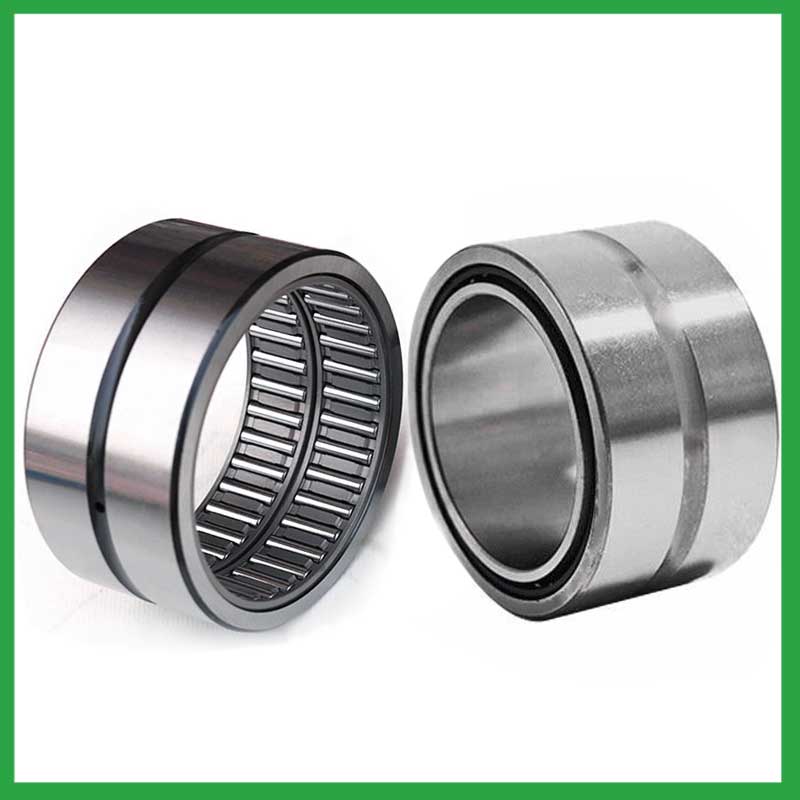
3.How do ball bearing 6306 provide smooth and controlled motion in various mechanical systems, such as conveyor belts or automobiles?
In essence, ball bearing 6306 operate on the principle that it's far more efficient to roll over surfaces than to slide, thereby significantly reducing friction and facilitating smooth movement of machinery parts.
4.Are there ceramic ball bearing 6306 designed for specific applications requiring high-temperature or corrosion resistance?
Ceramic ball bearing 6306 are a special type of bearing made of ceramic materials, offering superior wear resistance, corrosion resistance, and high-temperature performance. They provide excellent performance in applications requiring high speeds, high temperatures, and resistance to corrosion.
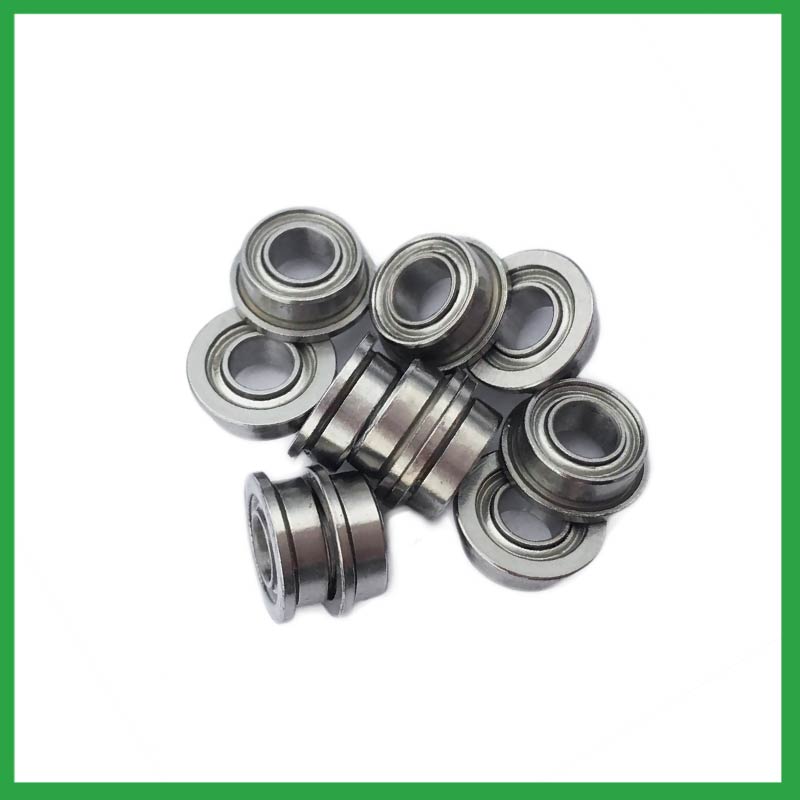
5.What are the considerations for selecting sealed or shielded ball bearing 6306 to protect against contamination and retain lubrication?
First, the environment in which your ball bearing 6306 operate in can help you identify potential contaminants, allowing you to select your shields or seals accordingly. For example, shielded bearings have a gap that can allow finer contaminants or water from washdown applications to enter the bearing and get into the raceways.The challenge for sealing bearings is to seal the bearing by protecting the bearing from contaminants and running efficiencies.
6.Can ball bearing 6306 be used in both vertical and horizontal orientations?
Sleeve Bearings: Sleeve bearings, also known as plain bearings, employ a simple yet effective mechanism. A cylindrical sleeve separates the rotating shaft from the stationary portion of the bearing, reducing friction and enabling smooth rotation. Sleeve bearings are characterized by their quiet operation, cost-effectiveness, and suitability for horizontal mounting orientations.
Ball Bearings: Ball bearings introduce small metal balls between the moving parts, providing enhanced durability and reduced friction. This design allows for smoother and more efficient rotation, making ball bearings well-suited for high-performance applications and vertical installations.
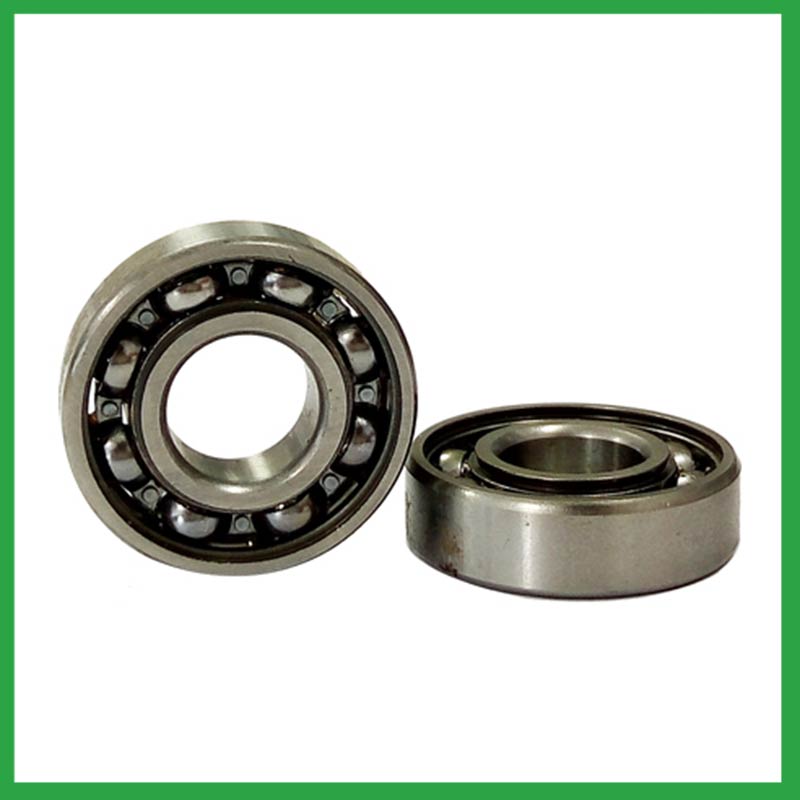
7.How do ball bearing 6306 contribute to the overall efficiency and energy savings in industrial machinery and transportation systems?
The balls roll along the raceway, allowing for smooth rotation of the machinery or equipment. Ball bearings are used to support rotating, reduce friction and support radial and axial loads in high-load, high-speed applications where reliability and efficiency are critical.
8.Are there ball bearing 6306 designed for extreme temperature environments, such as cryogenic or furnace applications?
High temperature ball bearing 6306 use specialized lubricants to stand up to high temperatures. Grease-packed bearings are pre-filled with fluorine grease for high temperatures, while YS and SJ bearings use molybdenum disulfide (MoS2) solid lubricant to withstand temperatures up to 350°C and 400°C respectively.
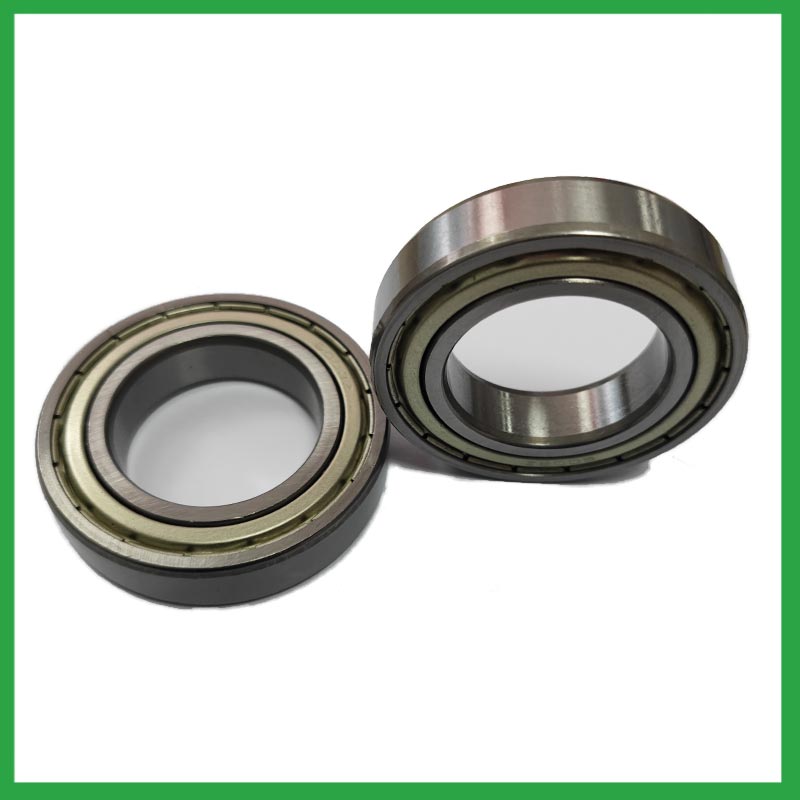
9.Are there self-aligning ball bearing 6306 that accommodate misalignment and shaft deflection in rotating equipment?
These ball bearing 6306 are particularly suitable for applications where misalignment can arise from errors in mounting or shaft deflection. A variety of designs are available with cylindrical and taper bores, with seals and adapter sleeves and extended inner rings.
10.What is the role of ball bearing 6306 in reducing friction and energy loss in rotating machinery?
ball bearing 6306 reduce friction by using smooth balls lubricated with oil or grease that freely roll between a smooth inner and outer surface. The main concept of the ball bearing is that objects that roll past each other produce less friction than if the objects were sliding against each other.
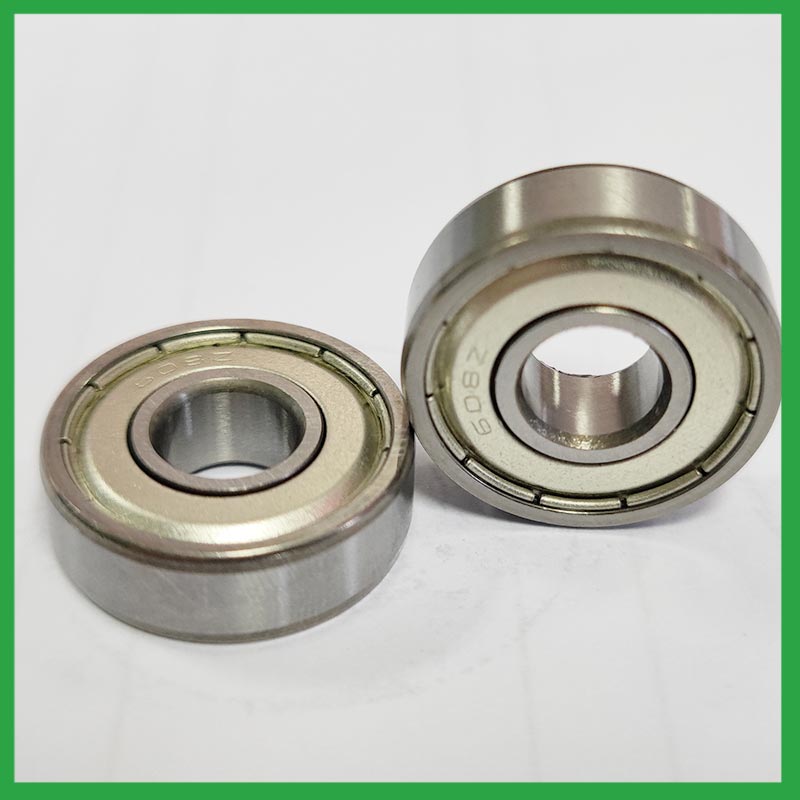
11.What are the considerations for choosing between open, shielded, or sealed ball bearing 6306 in specific applications?
While sealed bearings offer superior protection and maintenance advantages, shielded ball bearing 6306 can be more suitable in situations where minimal friction and operating temperature are crucial. It's essential to assess the operational environment and demands before making a selection.
12.Can ball bearing 6306 operate in high-speed applications, and what design features make them suitable for such conditions?
They have very low rolling friction and are optimized for low noise and low vibration. This makes them ideal for high-speed applications. ball bearing 6306 are comparatively easy to install and require minimal maintenance.
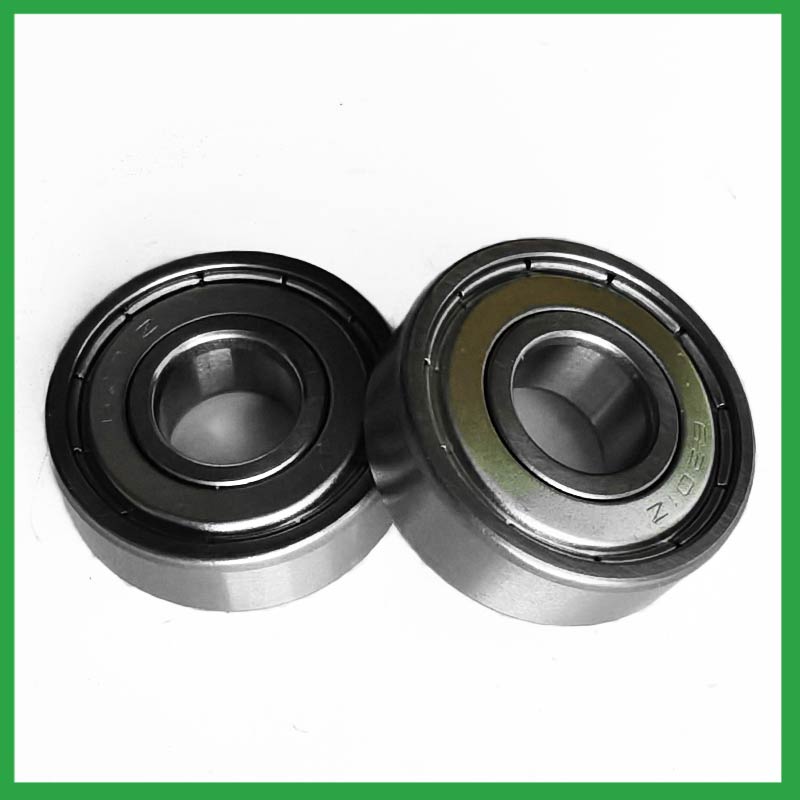
13.What is the load distribution within a ball bearing 6306, and how does it vary between different bearing configurations?
The load distribution between the rolling elements and raceway is crucial in performance evaluation of rolling element bearings. Determine the load distribution by measuring the strain response at the bearing surface with a notched housing. Finite element analysis shows that the introduction of notches does not affect the load distribution. An experimental system was developed to investigate the load distribution in a cylindrical roller bearing. The experimental static load distribution agrees well with the theoretical calculation. The dynamic load at specific position of load zone reflects the manufacture difference among rollers and dynamic balance of distributing loads.
14.What is the production capacity of the factory for ball bearing 6306?
The production capacity of Ningbo Haishu Nide International is:50000000pcs/month
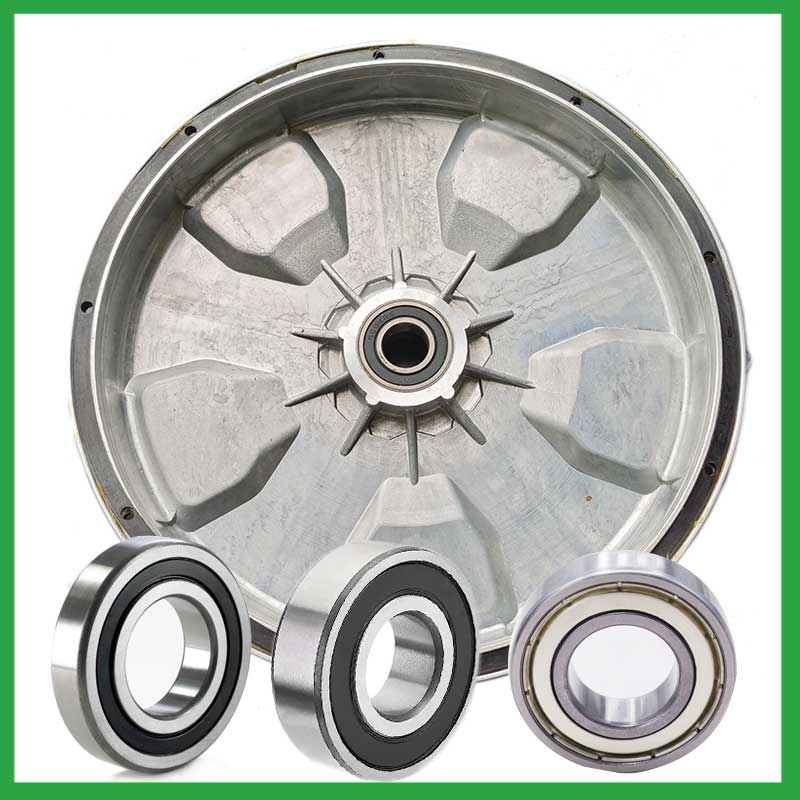
15.What are the common materials used in ball bearing 6306 manufacturing?
Most ball bearing 6306 are made of a type of steel known as high carbon chromium steel, often called chrome steel. This is used for reasons of cost and durability. Bearings are also made from other materials such as stainless steel, ceramics and plastic.
16.What are the advancements and innovations in ball bearing 6306 technology that have emerged in recent years?
Significant advancements have been made in ball bearing 6306 steels over the years. Modern, ultra-clean bearing steels contain fewer and smaller non-metallic particles, giving ball bearings greater resistance to contact fatigue.
